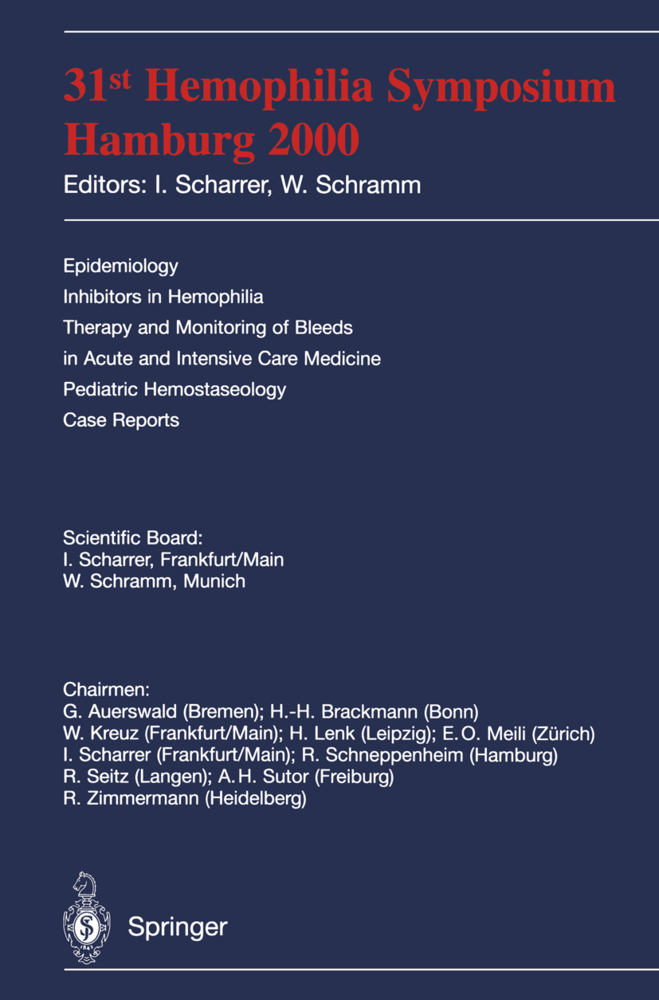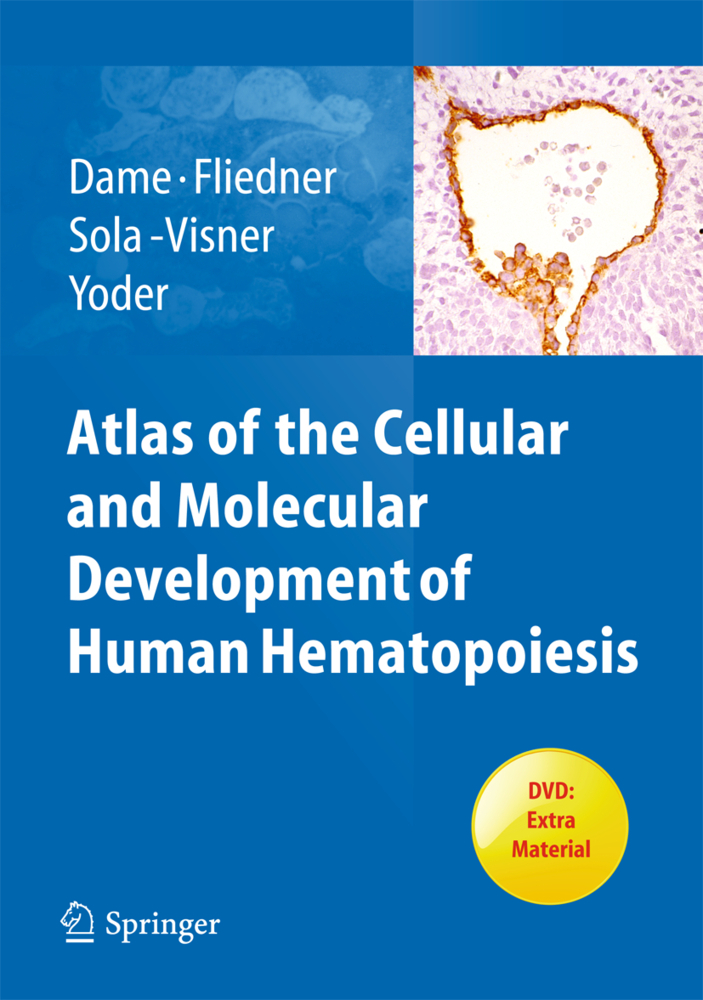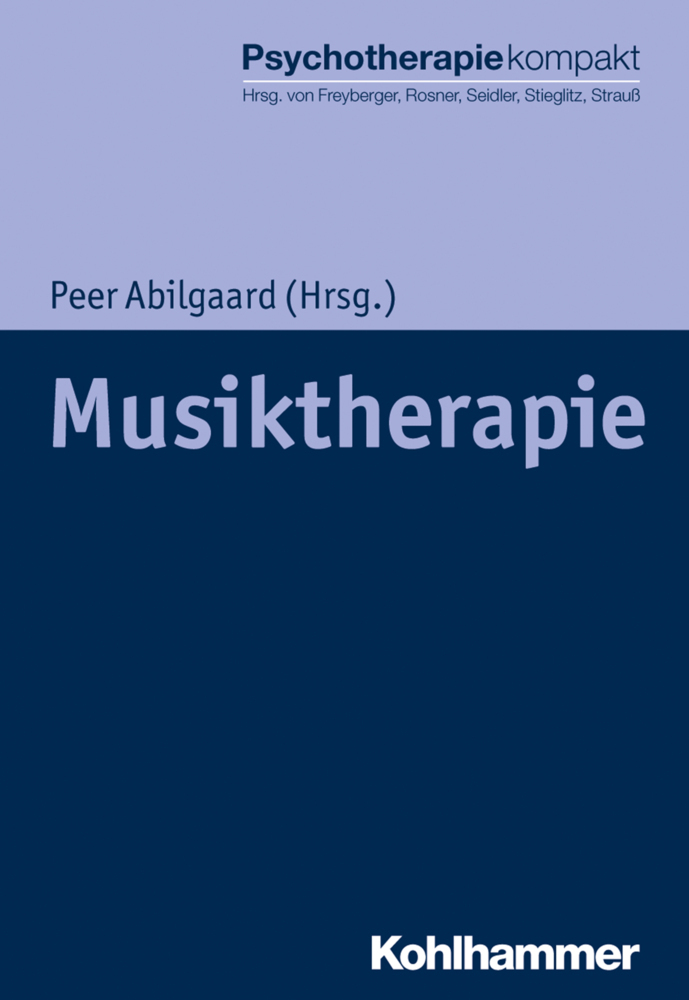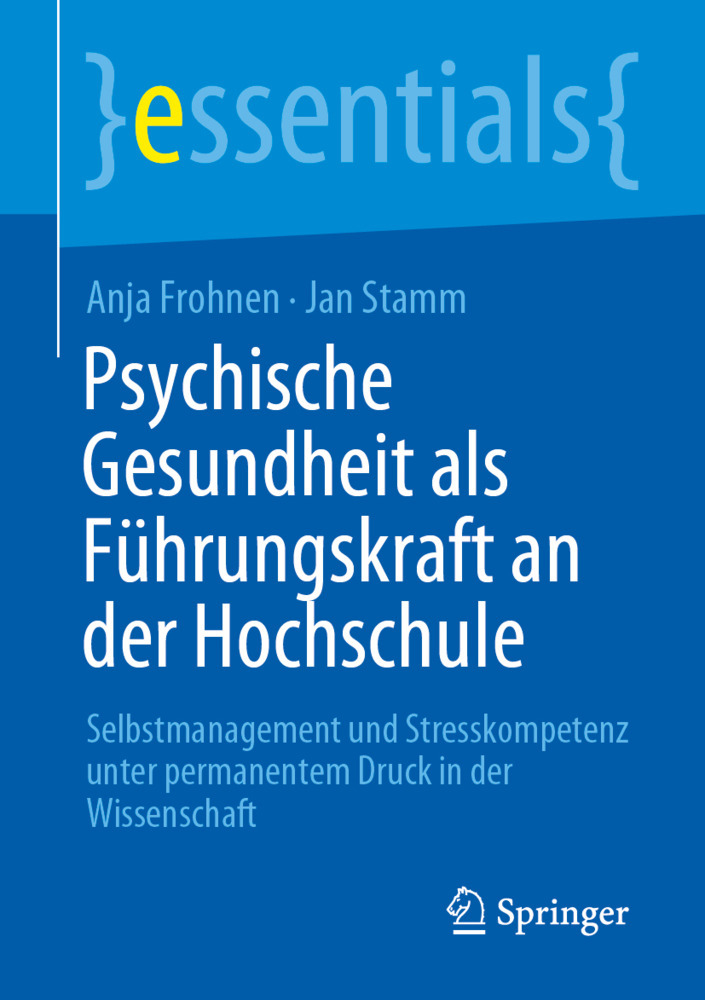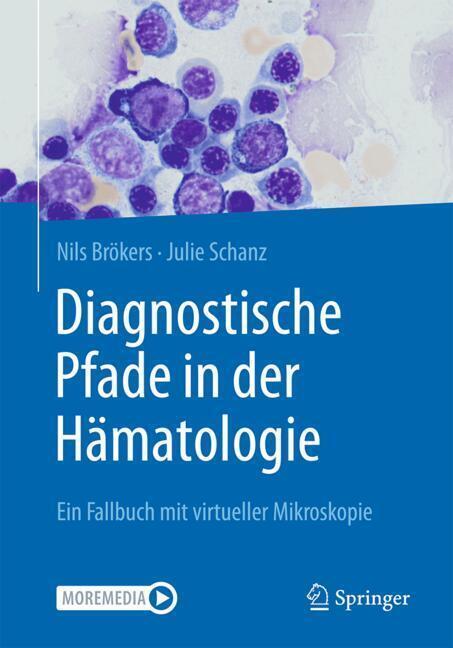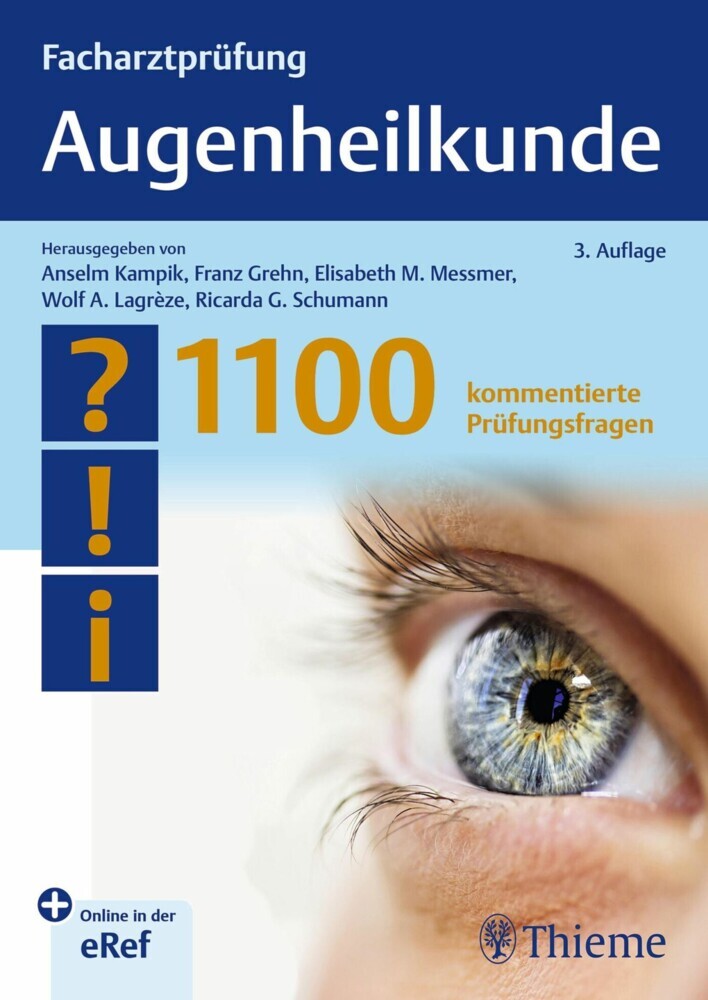31st Hemophilia Symposium
Hamburg 2000
31st Hemophilia Symposium
Hamburg 2000
Some 23. 5% of all members and patients of treatment centers completed the questionnaire. One striking fact is that participation was highest amongst elderly patients with severe hemophilia, whereas only 12. 2% of family members responded. Evaluation of the results revealed that the majority of participants prefer treat ment in a hemophilia treatment center with a high reputation, whereas only 2. 7% consider treatment in a specialized practice to be sufficient. The reasons for that are the necessity of the 24-h-availability of a physician, regular qualified examination of joints and muscles, documentation of product batches, laboratory tests and good cooperation with other faculties. As many as 68. 9% of the patients sometimes travel more than 200 km. What certainly plays a role here is trust in the treatment center and its physicians, for it is noticeable that irrespective of the fact that 74. 3% re quested standardized treatment regimens for all treatment centers, only about 20% would change to a nearer center. Treatment with factor concentrates is generally considered to be very safe. That is to say, 58. 1 % regard recombinant products to be very safe, whereas only 24. 3% assume this for plasma products. When compared, there were usually no major differences observed regarding outcome (factor consumption, duration of treat ment). Increase in maximum storage temperature (47. 2%) and half-life (73%) were the most frequent answers to the question of what features the products should have.
HIV Infection and Causes of Death in Patients with Hemophilia in Germany (Year 1999/2000 Survey)
Hemophilia 2000 - the Annual Survey of the Austrian Hemophilia Centers
II. Inhibitors in Hemophilia
Changes in Epitope Specificity and in Distribution of FVIII Antibodies during Immune Tolerance Therapy (ITT) in Hemophilia A Patients with FVIII Antibodies - a Case Report
Clinical Experience with the Modified Bonn-Malmö Protocol since 1996
Course of Inhibitors in mild Hemophilia A with and without Immune Tolerance Treatment
III. Therapy and Monitoring of Bleeds in Acute- and Intensive Care Medicine
Management of Bleeding in Surgery and Intensive Care
IV.. Pediatric Hemostaseology
Frequency and Profile of viral posttransfusional Infections in Patients from Hemophilia Center Timisoara
Symptomatic Onset of severe Hemophilia A in Childhood is dependent on the Presence of Prothrombotic Risk Factors
Differences between Neonates and Adults in Plasmin Inhibitory and Antifibrinolytic Action of Aprotinin
Shorter PFA-100 Closure Times (CT) in Neonates than in Adults: Role of Red Cells, White Cells, Platelets, and von Willebrand Factor
V. Free Lectures
Efficacy and Safety of a High Purity Protein C Concentrate in the Management of Patients with severe Congenital Protein C Deficiency
Respective Roles of Factors II, VII, IX, and X in the Procoagulant Activity of FEIBA
Capillary Microscopic and Rheological Dimensions for the Diagnosis of von-Willebrand-Disease in Comparison with other Hemorrhagic Diatheses
Evaluation of Denaturing High Performance Liquid Chromatography (DHPLC) in the Analysis of Hemophilia A
Vla. Poster: Clinic and Casuistic
Rheumatoid Arthritis in a Patient withHemophilia Arthropathy - a Case Report
Recurrent Fatal Intracranial Hemorrhage (ICH) in Two Non-Identical Twins suffering from Hemophilia B (Factor IX Activity < 1%)
Progression of Thrombosis under Low Molecular Weight Heparin without Heparin-Induced Thrombocytopenia in a young Man: a Case Report
Cardiac Tamponade in a Patient with acquired Factor VIII Inhibitor and Chronic Renal Failure
Endoscopic Cholecystectomy in a 55-year-old Patient with Heparin-Induced Thrombocytopenia Type II and Replacement of Mitral and Aortic Valve and Tricuspidal Valve Anular Plasty
Vlb. Poster: Hemophilia
Successful Orthopedic Operations in Hemophilic Adults with Inhibitors against Factor VIII
Evaluation of Clinical Efficacy of rFVIIa in Pediatrics
Risk Factors for Thrombosis in Hemophilia - an Analysis
Status of Pain in Patients with severe Haemophilic Arthropathies
Results of a 5-year Clinical Study with a B-domain Deleted FVIII Concentrate (rFVIII-SQ)
Outpatient Treatment with Radiosynoviorthesis in Hemophilic Arthropathy
Requirements for Future Hemophilia Treatment from the Patients' Point of View
Vic. Poster: Hemorrhagic Diathesis
Molecular Basis of von Willebrand Disease Type IIC Miami
Hemorrhagic Diathesis through acquired Factor XIII Inhibitor
Liver Transplantation in a Patient with severe von Willebrand Disease Type 3: Levels of von Willebrand Factor Following Transplantation
Clincal Course and Laboratory Findings in a Patient with a New Mutation Causing Wiskott-Aldrich Syndrome
Role of acquired and inherited Prothrombotic Risk Factors in Pediatric Cerebral Venous Thrombosis - Preliminary Results of a Multicenter Case-Control Study
Analysis of the Fibrinogen Genes of 40 Patients with Suspicion of Dys-, Hypo- or Afibrinogenemia
Vld.Poster: Thrombophilic Diathesis
Hereditary Antithrombin Deficiency - Results of a Family Study
Elevated Factor IX and Factor XI as Risk Factors for Venous Thrombosis and Stroke
Thrombophilic Risk Parameters in Juvenile »Idiopathic« Stroke Patients
Inquiry into the Significance of Constantly Raised FVIII Values as a Factor in Thrombophilia
Do Statins Increase the Homocysteine Level?
Alpha 2-Macroglobulin Level regulates the Anticoagulant Cofactor Activity of Protein S in Cord and Adult Plasma
Combined Prothrombotic Defects and Contraceptives - Risk Factor for Deep Venous Thrombosis in Adolescence
Role of 23 bp Insertion in Exon 3 of the Endothelial Cell Protein C Receptor Gene in Venous Thrombophilia.
Presentation of the Johann-Lukas-Schoenlein-Award
I. EpidemiologyHIV Infection and Causes of Death in Patients with Hemophilia in Germany (Year 1999/2000 Survey)
Hemophilia 2000 - the Annual Survey of the Austrian Hemophilia Centers
II. Inhibitors in Hemophilia
Changes in Epitope Specificity and in Distribution of FVIII Antibodies during Immune Tolerance Therapy (ITT) in Hemophilia A Patients with FVIII Antibodies - a Case Report
Clinical Experience with the Modified Bonn-Malmö Protocol since 1996
Course of Inhibitors in mild Hemophilia A with and without Immune Tolerance Treatment
III. Therapy and Monitoring of Bleeds in Acute- and Intensive Care Medicine
Management of Bleeding in Surgery and Intensive Care
IV.. Pediatric Hemostaseology
Frequency and Profile of viral posttransfusional Infections in Patients from Hemophilia Center Timisoara
Symptomatic Onset of severe Hemophilia A in Childhood is dependent on the Presence of Prothrombotic Risk Factors
Differences between Neonates and Adults in Plasmin Inhibitory and Antifibrinolytic Action of Aprotinin
Shorter PFA-100 Closure Times (CT) in Neonates than in Adults: Role of Red Cells, White Cells, Platelets, and von Willebrand Factor
V. Free Lectures
Efficacy and Safety of a High Purity Protein C Concentrate in the Management of Patients with severe Congenital Protein C Deficiency
Respective Roles of Factors II, VII, IX, and X in the Procoagulant Activity of FEIBA
Capillary Microscopic and Rheological Dimensions for the Diagnosis of von-Willebrand-Disease in Comparison with other Hemorrhagic Diatheses
Evaluation of Denaturing High Performance Liquid Chromatography (DHPLC) in the Analysis of Hemophilia A
Vla. Poster: Clinic and Casuistic
Rheumatoid Arthritis in a Patient withHemophilia Arthropathy - a Case Report
Recurrent Fatal Intracranial Hemorrhage (ICH) in Two Non-Identical Twins suffering from Hemophilia B (Factor IX Activity < 1%)
Progression of Thrombosis under Low Molecular Weight Heparin without Heparin-Induced Thrombocytopenia in a young Man: a Case Report
Cardiac Tamponade in a Patient with acquired Factor VIII Inhibitor and Chronic Renal Failure
Endoscopic Cholecystectomy in a 55-year-old Patient with Heparin-Induced Thrombocytopenia Type II and Replacement of Mitral and Aortic Valve and Tricuspidal Valve Anular Plasty
Vlb. Poster: Hemophilia
Successful Orthopedic Operations in Hemophilic Adults with Inhibitors against Factor VIII
Evaluation of Clinical Efficacy of rFVIIa in Pediatrics
Risk Factors for Thrombosis in Hemophilia - an Analysis
Status of Pain in Patients with severe Haemophilic Arthropathies
Results of a 5-year Clinical Study with a B-domain Deleted FVIII Concentrate (rFVIII-SQ)
Outpatient Treatment with Radiosynoviorthesis in Hemophilic Arthropathy
Requirements for Future Hemophilia Treatment from the Patients' Point of View
Vic. Poster: Hemorrhagic Diathesis
Molecular Basis of von Willebrand Disease Type IIC Miami
Hemorrhagic Diathesis through acquired Factor XIII Inhibitor
Liver Transplantation in a Patient with severe von Willebrand Disease Type 3: Levels of von Willebrand Factor Following Transplantation
Clincal Course and Laboratory Findings in a Patient with a New Mutation Causing Wiskott-Aldrich Syndrome
Role of acquired and inherited Prothrombotic Risk Factors in Pediatric Cerebral Venous Thrombosis - Preliminary Results of a Multicenter Case-Control Study
Analysis of the Fibrinogen Genes of 40 Patients with Suspicion of Dys-, Hypo- or Afibrinogenemia
Vld.Poster: Thrombophilic Diathesis
Hereditary Antithrombin Deficiency - Results of a Family Study
Elevated Factor IX and Factor XI as Risk Factors for Venous Thrombosis and Stroke
Thrombophilic Risk Parameters in Juvenile »Idiopathic« Stroke Patients
Inquiry into the Significance of Constantly Raised FVIII Values as a Factor in Thrombophilia
Do Statins Increase the Homocysteine Level?
Alpha 2-Macroglobulin Level regulates the Anticoagulant Cofactor Activity of Protein S in Cord and Adult Plasma
Combined Prothrombotic Defects and Contraceptives - Risk Factor for Deep Venous Thrombosis in Adolescence
Role of 23 bp Insertion in Exon 3 of the Endothelial Cell Protein C Receptor Gene in Venous Thrombophilia.
| ISBN | 978-3-540-42131-3 |
|---|---|
| Artikelnummer | 9783540421313 |
| Medientyp | Buch |
| Copyrightjahr | 2001 |
| Verlag | Springer, Berlin |
| Umfang | XXX, 287 Seiten |
| Abbildungen | XXX, 287 p. |
| Sprache | Englisch |

